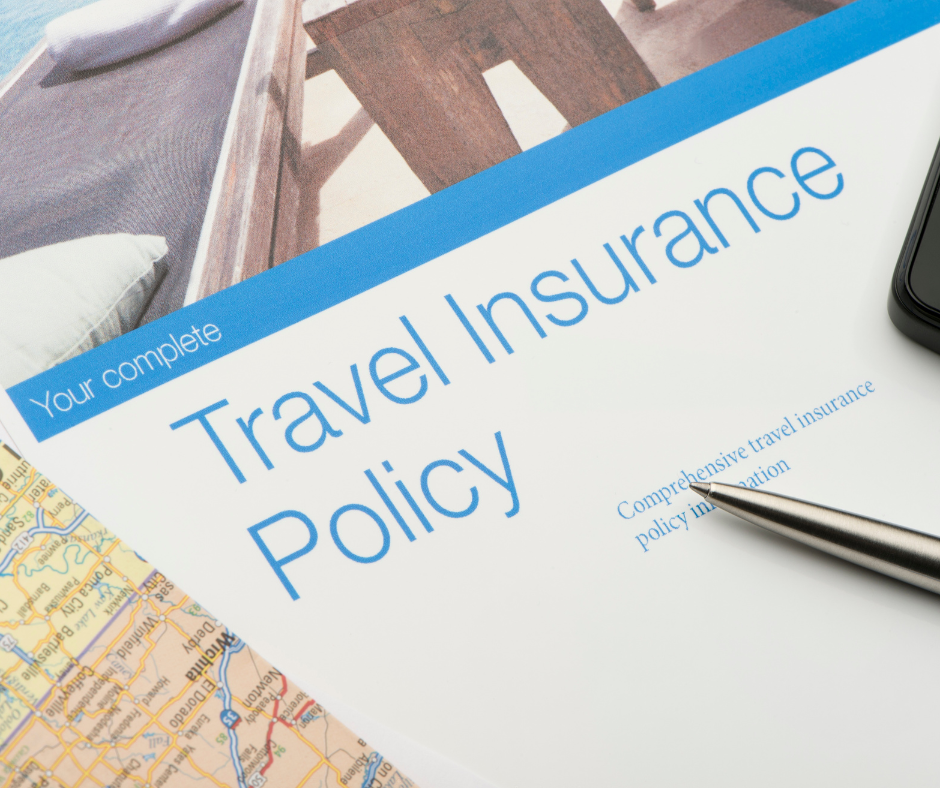Travel and Expense Policy Best Practices
Optimize your business travel with best practices in travel and expense policy. Streamline processes, control costs, and enhance corporate travel efficiency. Elevate your policy now!
Navigating business trips involves not just the physical journey but also a financial aspect that demands attention. Travel and Expense Policies stand as the guiding principles for employees and organizations to strike a balance between control and flexibility. The best practices in crafting these policies encompass clarity in communication, defining eligible expenses comprehensively, setting judicious spending limits, emphasizing proper documentation, streamlining approval processes, ensuring compliance and accountability, conducting periodic reviews for updates, allowing flexibility where necessary, educating employees about the guidelines, and adapting policies to the evolving business landscape. This delicate equilibrium ensures a seamless and responsible approach to managing travel expenses.
What is Travel and Expense Policy?
A Travel and Expense Policy is a set of guidelines and rules established by an organization to regulate and govern the expenses incurred by employees during business travel. It defines the permissible expenses, spending limits, approval processes, documentation requirements, and overall expectations to ensure transparency, accountability, and compliance with organizational standards.
Clarity and Simplicity
In crafting a robust travel and expense policy, clarity is paramount. Policies should be presented in straightforward language, avoiding complexity. This ensures that employees from diverse departments and backgrounds can easily comprehend the guidelines, fostering adherence and minimizing confusion.
Define Eligible Expenses
A key element of an effective travel and expense policy is the explicit definition of eligible expenses. Clearly outlining which expenditures qualify for reimbursement, including accommodations and meals, establishes a solid foundation. This specificity helps prevent misunderstandings and promotes transparency in the reimbursement process.
Set Spending Limits
Setting spending limits is a pivotal aspect of a prudent travel and expense policy. Clearly defined caps for various expense categories prevent extravagant spending. This not only ensures adherence to the budget but also accommodates the needs of employees, striking a balance between financial control and employee satisfaction.
Receipts and Documentation
The backbone of any effective travel and expense policy lies in proper documentation. Emphasizing the importance of collecting and submitting receipts for every expenditure is crucial. This practice establishes a transparent trail for audits, validating expenses and ensuring compliance with the policy guidelines.
Approval Process
A streamlined approval process is pivotal in expediting reimbursement within a travel and expense policy. Defining a clear workflow for expense approval reduces delays and ensures that legitimate expenses are reimbursed promptly, contributing to overall efficiency and employee satisfaction.
Compliance and Accountability
Emphasizing the significance of compliance is crucial. Employees should understand that adherence to policies is not merely a guideline but a responsibility. This fosters a culture of accountability, ensuring that the travel and expense policy is not just followed but embraced as an integral part of the organization’s ethos.
Periodic Reviews
Regularly reviewing and updating travel and expense policies is essential. As business landscapes evolve, policies should be adapted to align with changing needs and regulations. This ensures that the policy remains relevant, effective, and compliant with the latest standards.
Flexibility and Adaptability
While policies should be firm, there should also be room for flexibility. Unforeseen circumstances may arise, and policies should allow for adjustments without compromising control. This flexibility enhances adaptability, allowing the policy to cater to diverse scenarios and changing business environments.
Employee Education
Educating employees about policy guidelines is crucial. Conducting regular training sessions, distributing informative materials, and ensuring that employees are well-versed with the dos and don’ts foster understanding and compliance. This proactive approach enhances policy adherence and helps create a culture of responsibility and awareness among employees.
Recommended read also: How to prepare for a Long-Term Travel
In conclusion, a well-crafted travel and expense policy serves as a roadmap for managing business-related expenditures. Balancing clarity, spending limits, accountability, and adaptability creates a framework that not only controls costs but also supports employee needs. By emphasizing education and periodic reviews, organizations can ensure that their policies evolve with changing dynamics, fostering a culture of responsible and informed expense management.
FAQs
Can I claim expenses not explicitly mentioned in the policy?
Policies should ideally cover common expenses, but specific queries should be clarified with the finance or HR department.
What should I do if I lose a receipt?
Notify the finance department immediately and provide as much detail as possible to expedite the reimbursement process.
Are there consequences for non-compliance with the policy?
Non-compliance may result in delayed reimbursements or, in severe cases, disciplinary action.
Can I request a policy adjustment to accommodate a specific business need?
Some policies allow for adjustments. Consult with the finance or HR department to discuss potential changes.
How often does the policy undergo updates?
Policies should be periodically reviewed, but the frequency may vary. Check with the HR department for the latest updates.

